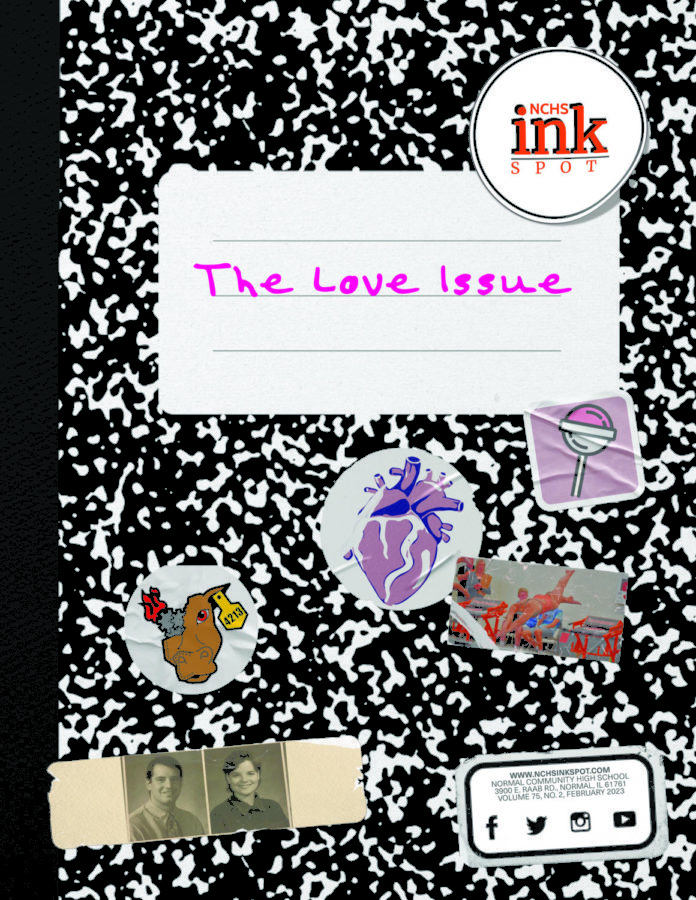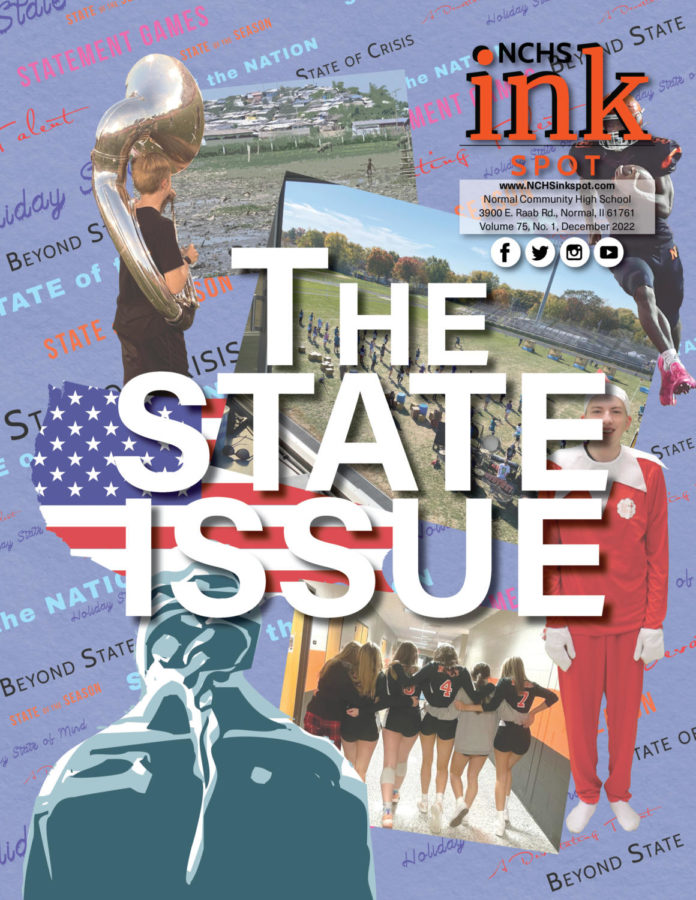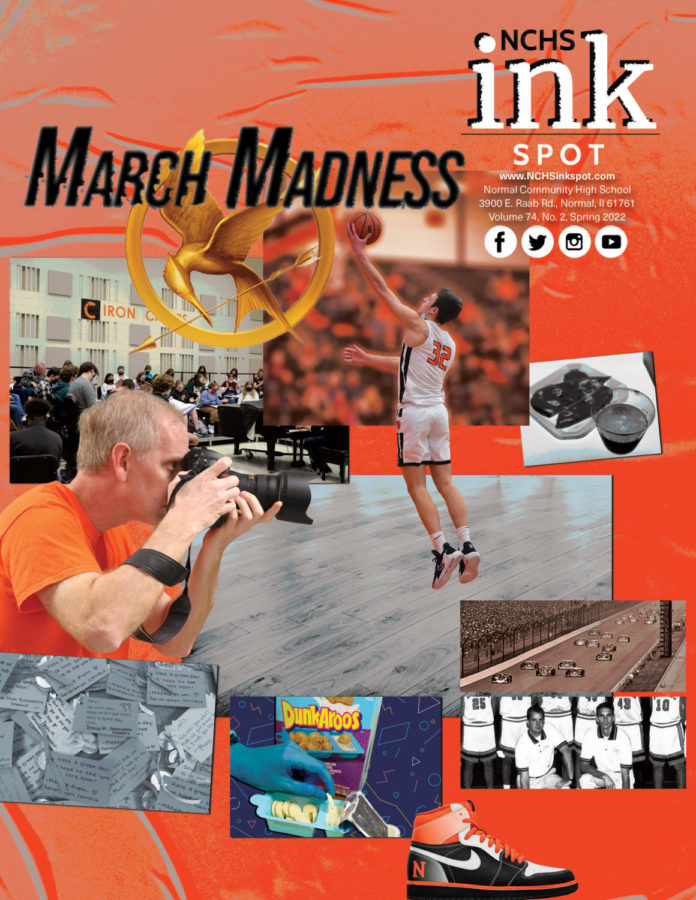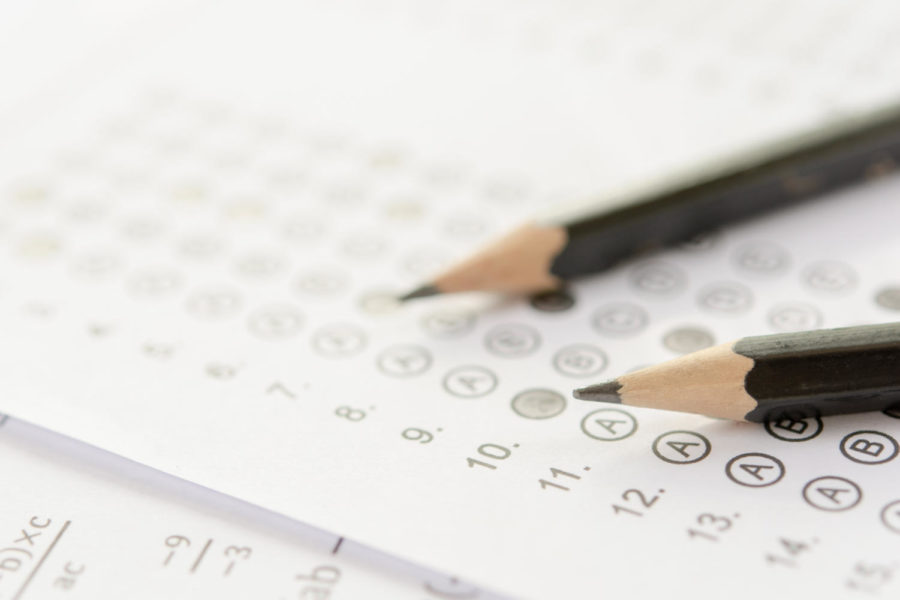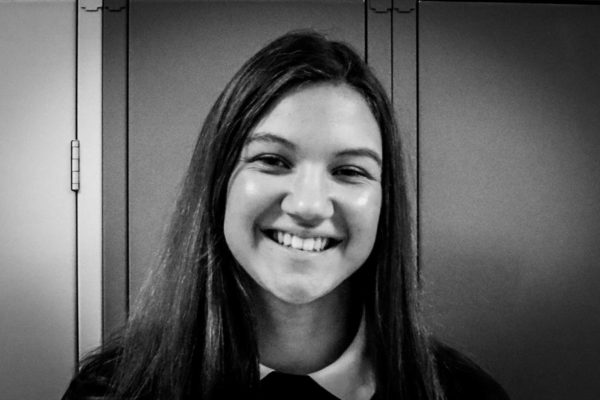Community students from three Advanced Placement courses—English Literature, English Language and Computer Science Principles—took their AP exams digitally for the first time this May.
The College Board offered digital exams for seven of its 38 AP subjects this year ahead of offering shorter, digital PSAT and SAT tests in the 23-24 school year.
The shift online eliminates the need to distribute paper materials or ship thick testing booklets, AP Coordinator Ms. Kristina Chase said, making test administration “much easier on the proctors…and on the coordinators.”
While updating software and ensuring sufficient power supply for dozens of testing students created additional IT department responsibilities, Chase said, administrators experienced only one device issue in AP Literature and no technical problems during the three-hour, 77-student AP Language exam.
If anything, Chase said, testing on Chromebooks reduces technological obstacles.
AP World Language students who can now record the speaking portion of their exams on familiar laptops rather than “tricky” recorders, Chase said, now have one fewer stressor on test day.
“You need to be stressed about the material,” Chase said, “not the device you’re using.”
Limiting device stress has been one of AP Language teacher Mr. Paul Krogmeier’s main focuses this year.
After preparing students for a pencil-and-paper Language exam for nine years, the online transition forced Krogmeier to rethink in-class practice strategies for the essay portion of the exam.
“The strategies you use might change a little bit,” Krogmeier said, “because annotating is obviously different.”
Still, Krogmeier said, students are at an advantage when their work gets to an AP reader—teachers from across the country who previously struggled to decipher students’ handwriting during hours-long summer grading sessions.
An AP reader himself, Krogmeier said the changed format “makes the readability a lot better and therefore the comprehension a little easier.”
Students who took the digital AP Literature exam May 3 after handwriting essays in AP Language last year agree—and not just because typed characters are easier for graders to understand.
Senior Lexi Leathery anticipated preferring the paper exam to the digital format, but after the test, she said the timer on the screen “helped [her] pace [herself]” more than looking up at a clock did last year.
For Lauren Smurlo (’23), the most advantageous feature of the digital AP Literature exam came during the multiple-choice portion of the test when the application “directed [her] to the specific part of the passage the question was referring to.”
The entire testing process—not just the tedium of finding quotes within a passage—was more efficient online, Smurlo said, because a minute-long College Board account log-in replaced the 15-minute-long process of bubbling on an identification form.
Still, Leathery and Smurlo missed some features of last year’s paper AP Language exam.
While the digital test did allow students to eliminate incorrect answers, Leathery said she prefers “being able to cross out answers [herself]” on paper.
Aspects of the essay portion, too, proved more challenging for the seniors on the computer.
On the text box provided for her essays, Smurlo said, “it was difficult to know how much [she] was writing.”
“I always try to write a couple of pages,” Smurlo said, “but it was hard to know… if I wrote more or less on the digital one.”
Handwriting essays can also be easier organizationally, Leathery said, because it’s “easier to see the thesis and remember what you’re arguing for.”
“I feel like I can keep better track of what I’m writing when I’m writing it out on paper,” Leathery said, “because I can see it all in front of me.”
But if students miss writing essays on paper, their scores don’t show it.
Every Community student who took the pilot digital AP Literature exam in 2022 passed the test with at least a three, Chase said, and 72% received a four or five—qualifying scores for credit at majority of colleges and universities.
On the pencil-and-paper test the year prior, Chase said, Community’s average AP Literature score was a 3.1—and five students did not pass the exam.
The digital test may have produced higher scores, Chase said, because students are “so used to typing responses frequently anyway.”
When students take the digital SAT next spring, they will receive the same typing opportunity on the 50-minute essay prompt—but the English and math sections of the exam will be shortened from three total hours to two.
Exam length and format will not be the only changes to next year’s SAT and PSAT exams, Chase said, as the gyms’ Wi-Fi limitations will likely push testing into classrooms.


![Community honors longtime coach Mr. Bryan Thomas before Oct. 3 game [photo gallery]](https://nchsinkspot.com/wp-content/uploads/2025/10/Thomas-6-1200x1200.jpg)

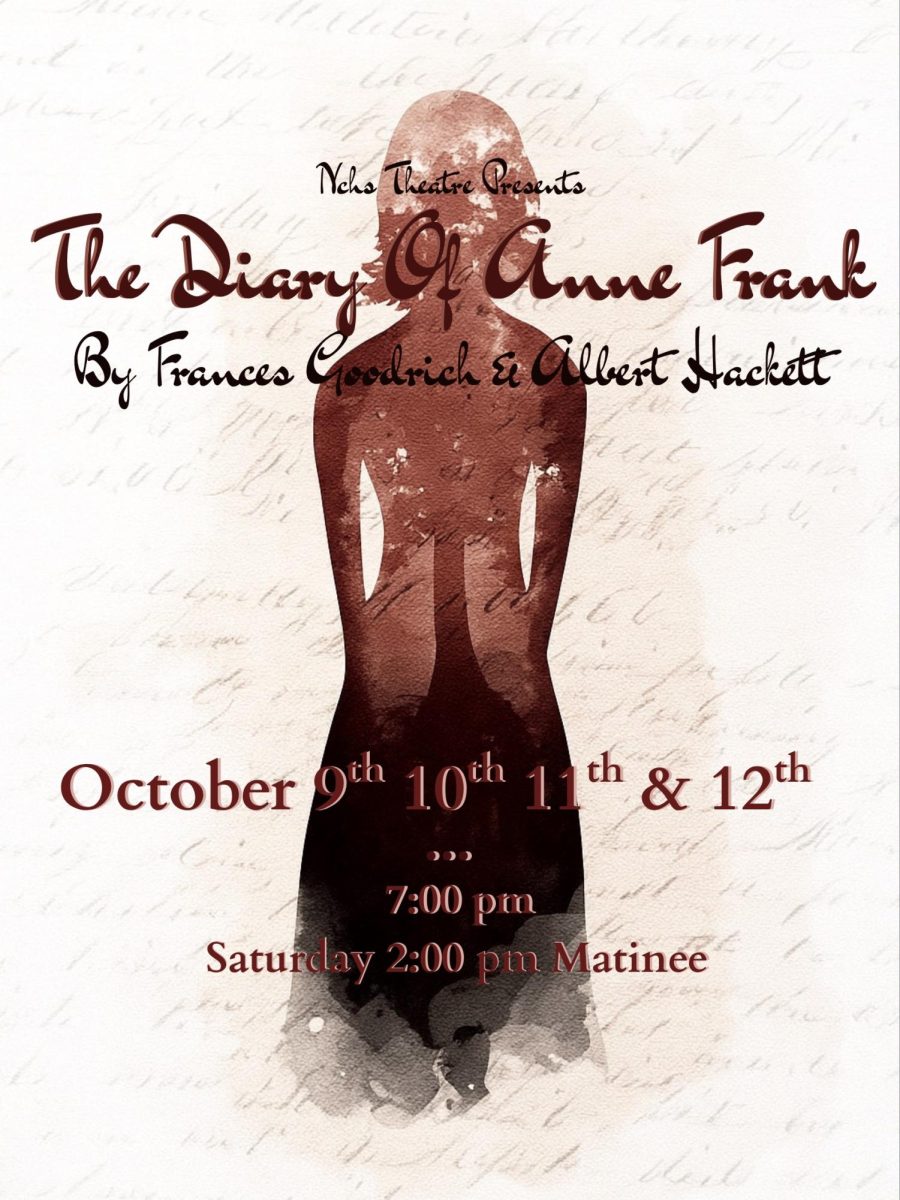
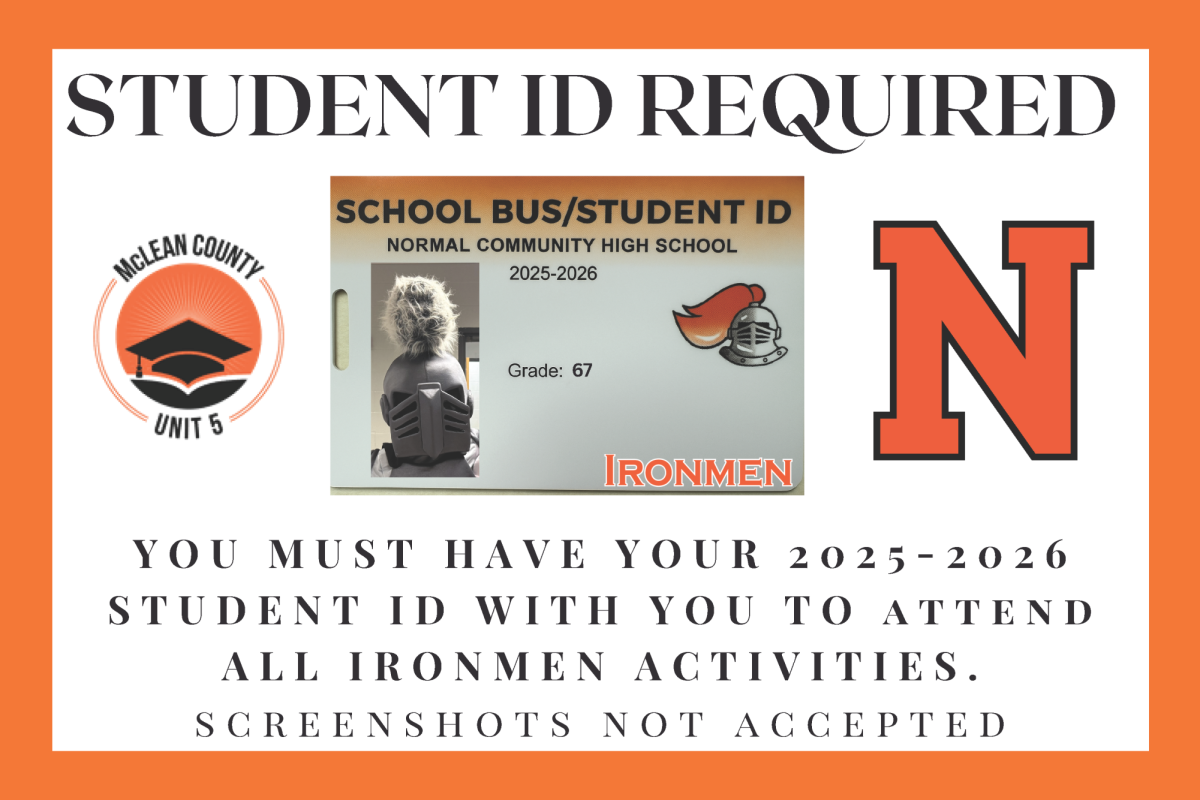








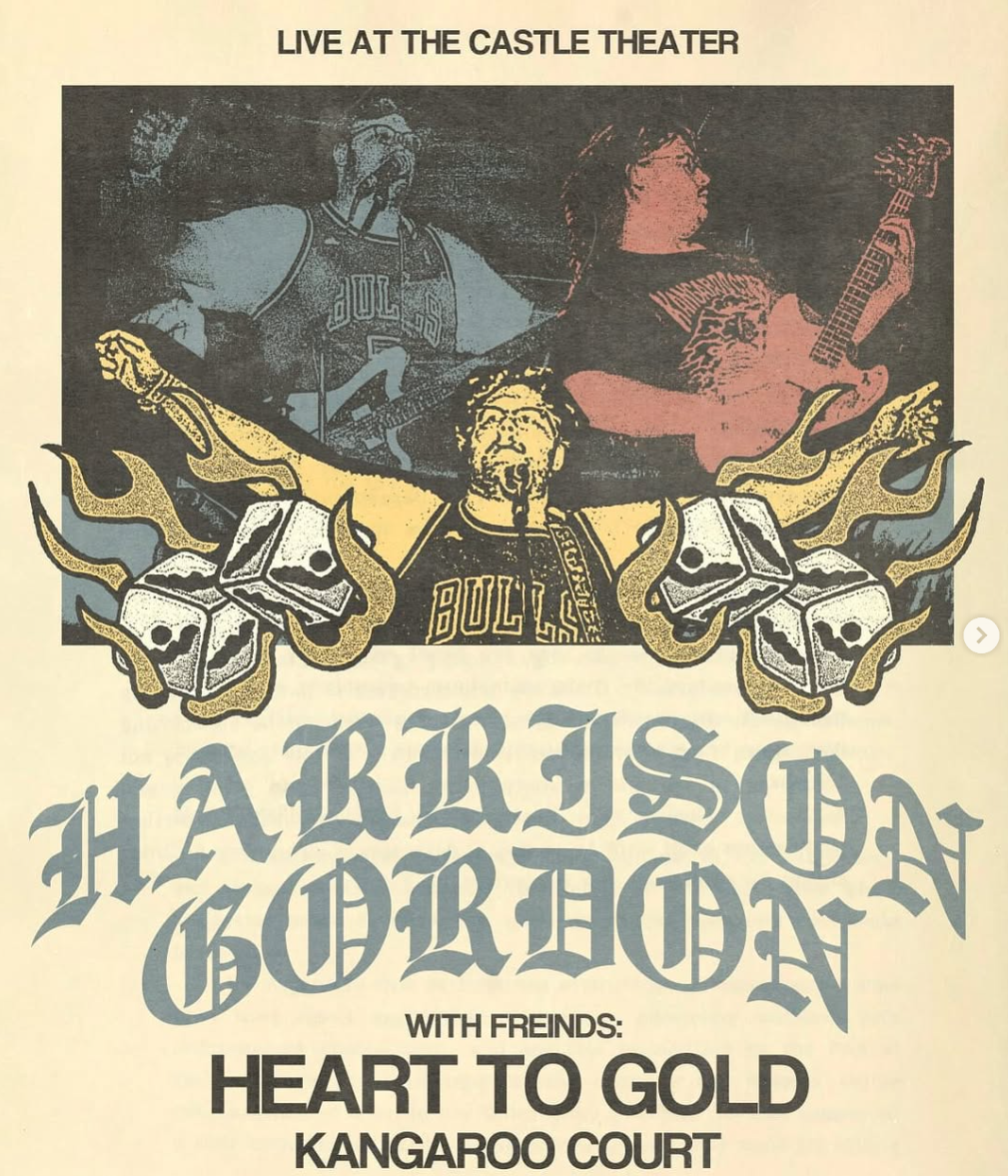
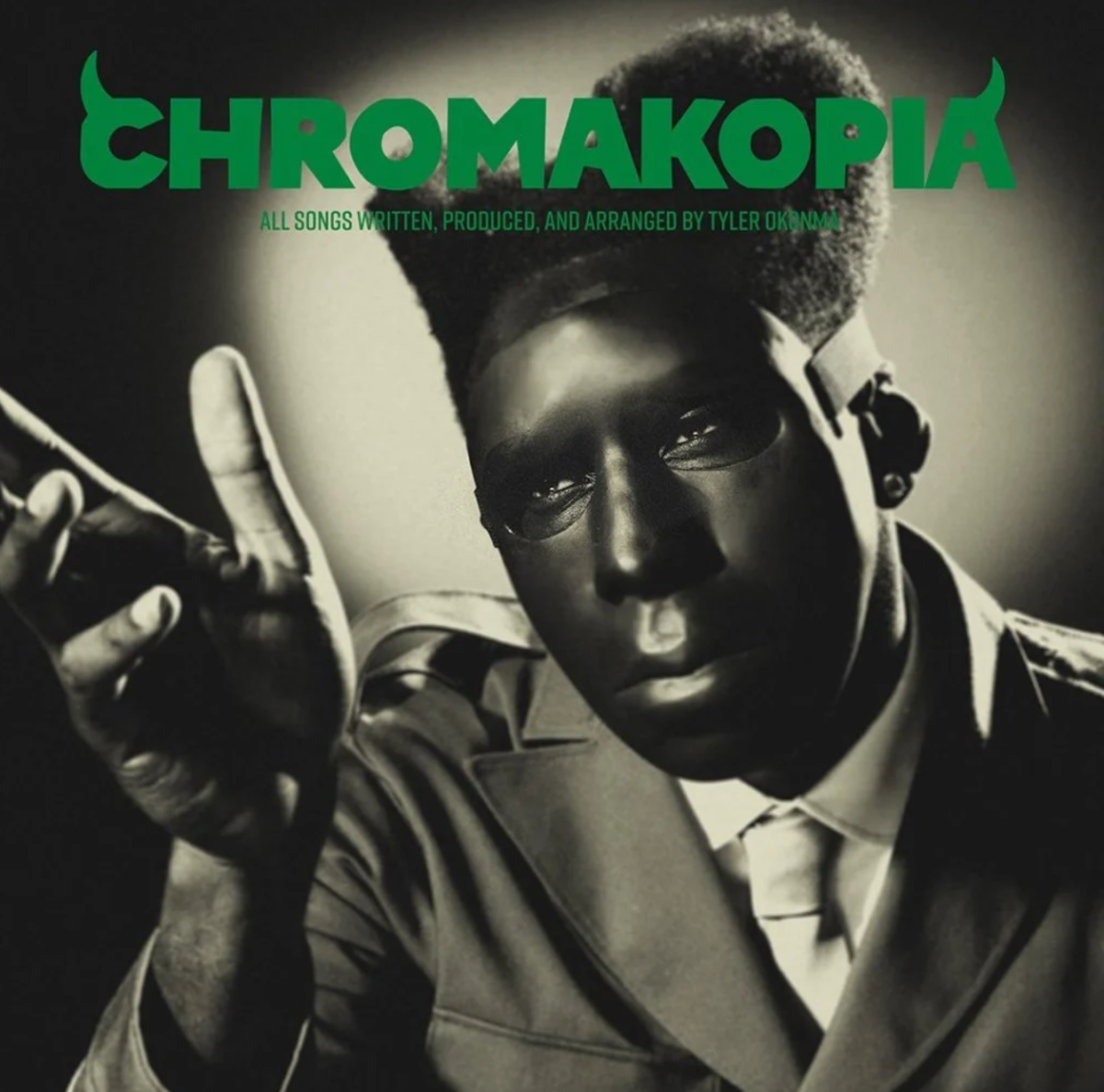






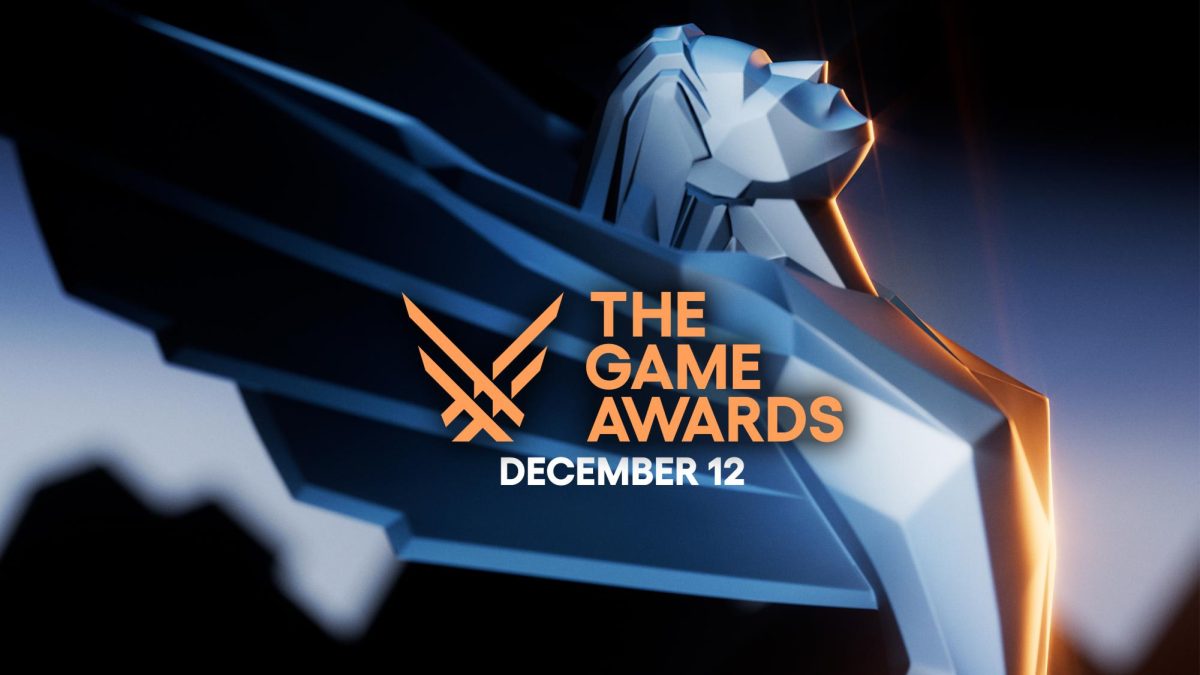

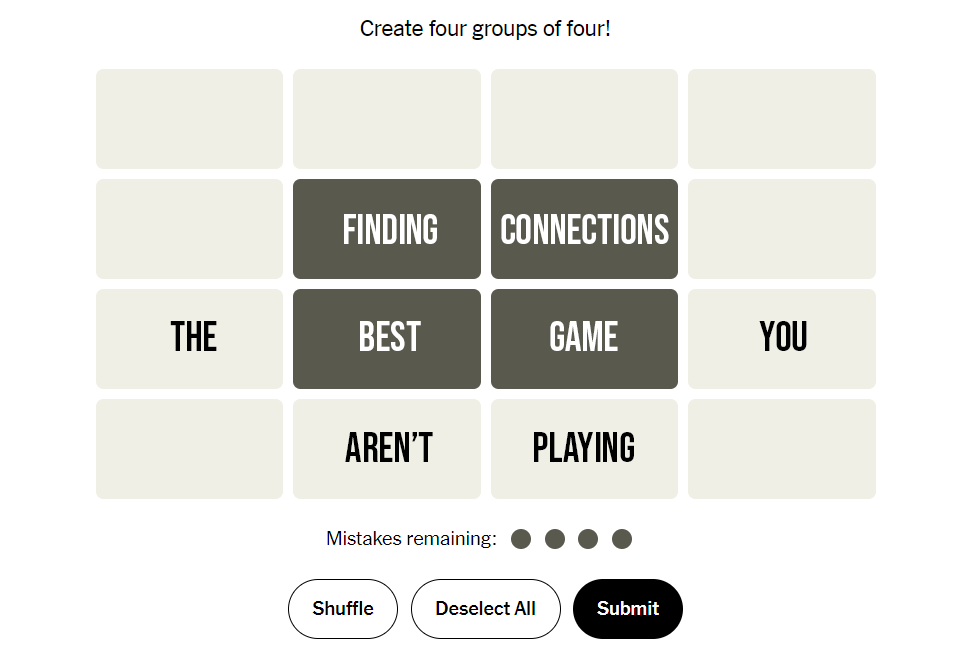




![Week 7: Coach Drengwitz recaps the Ironmen’s win over Bloomington, talks Danville [video]](https://nchsinkspot.com/wp-content/uploads/2025/10/Vikings-feature-Image-1200x675.png)


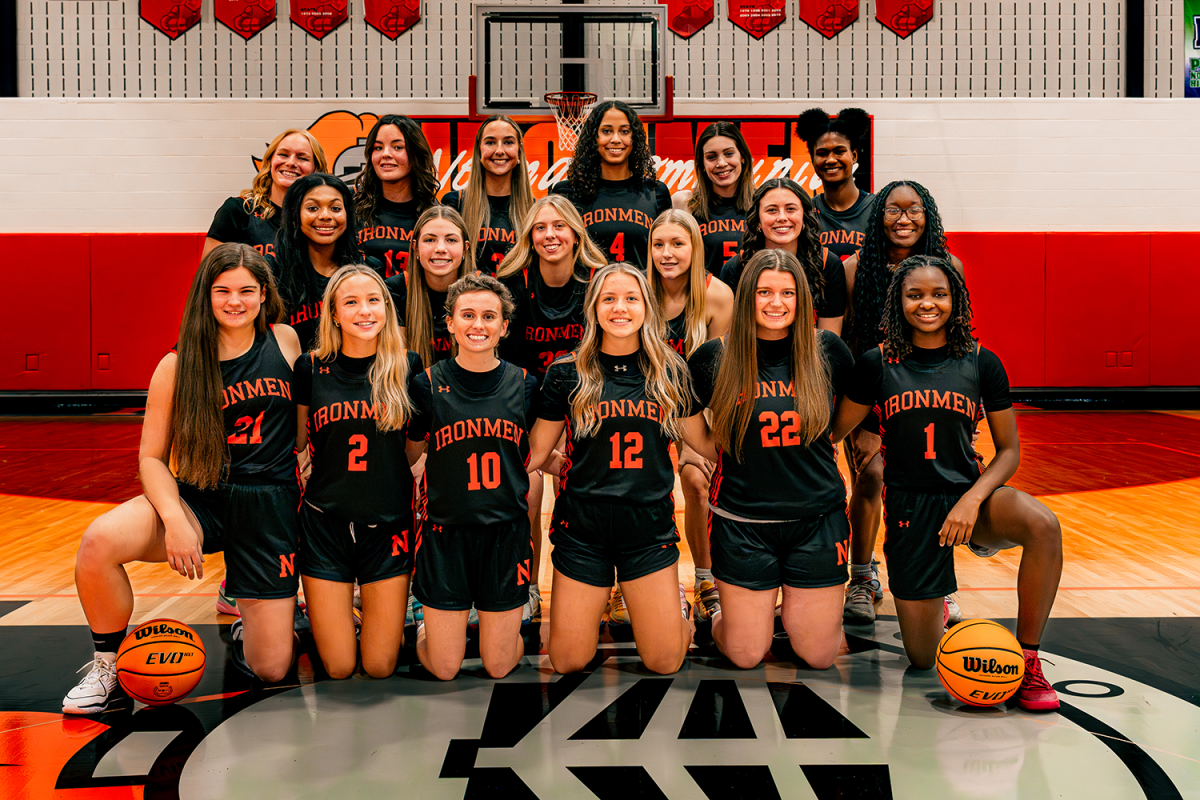


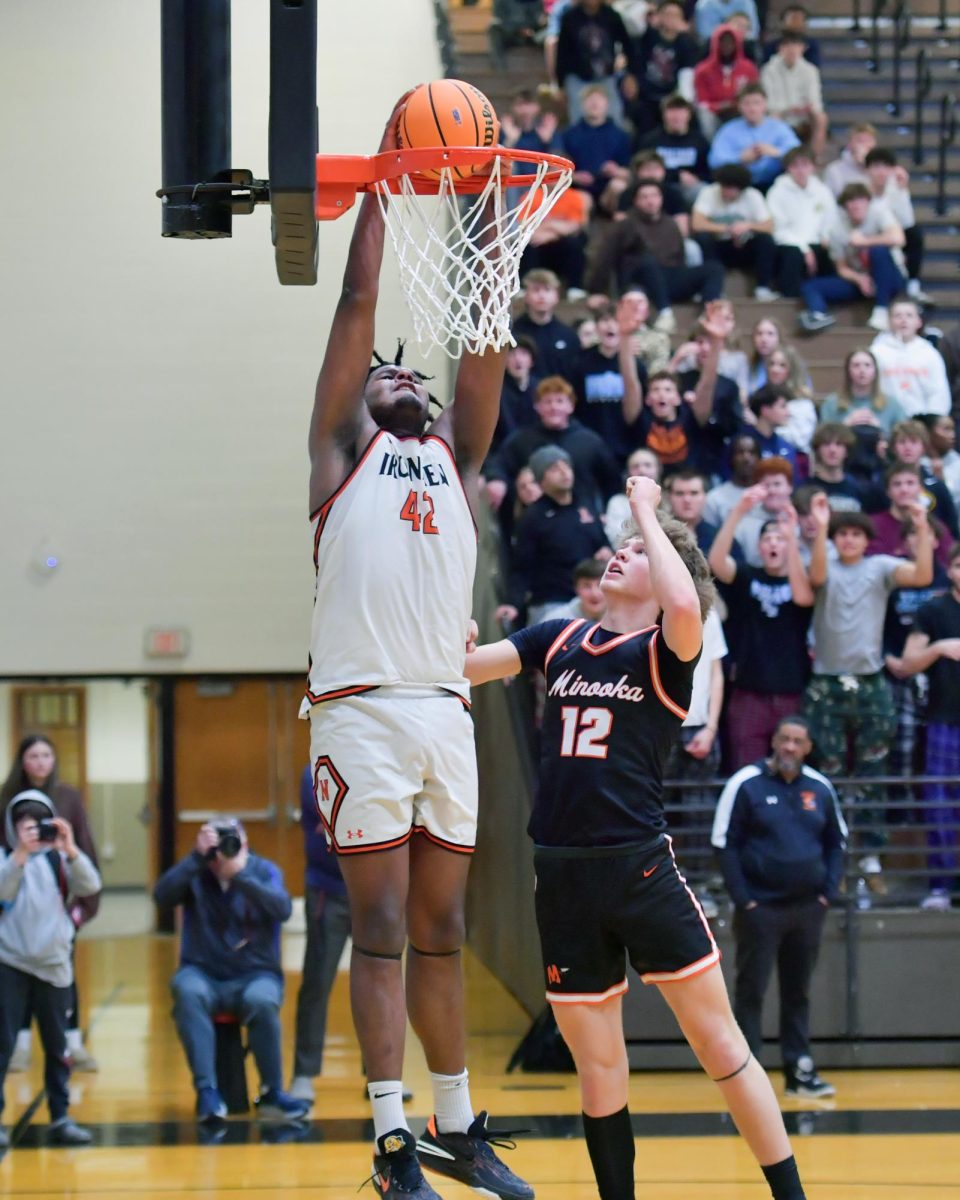

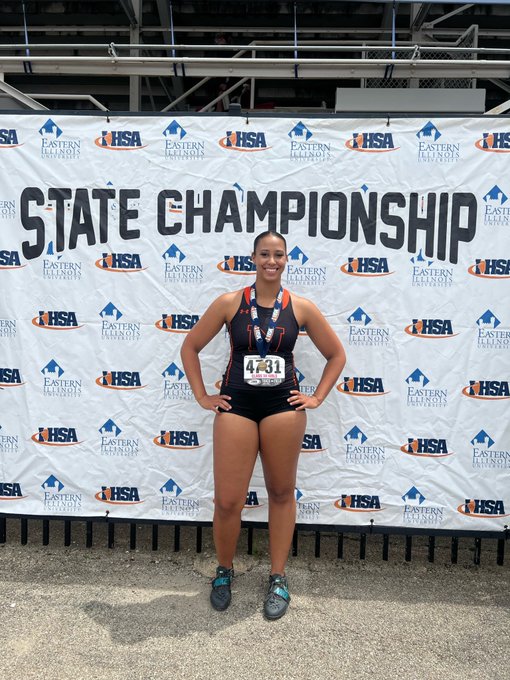
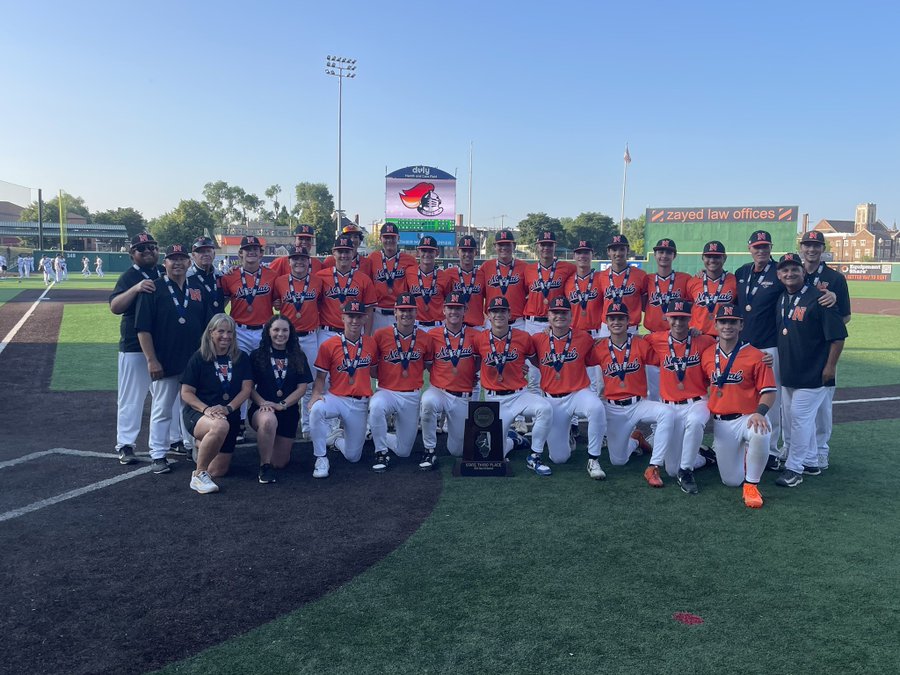




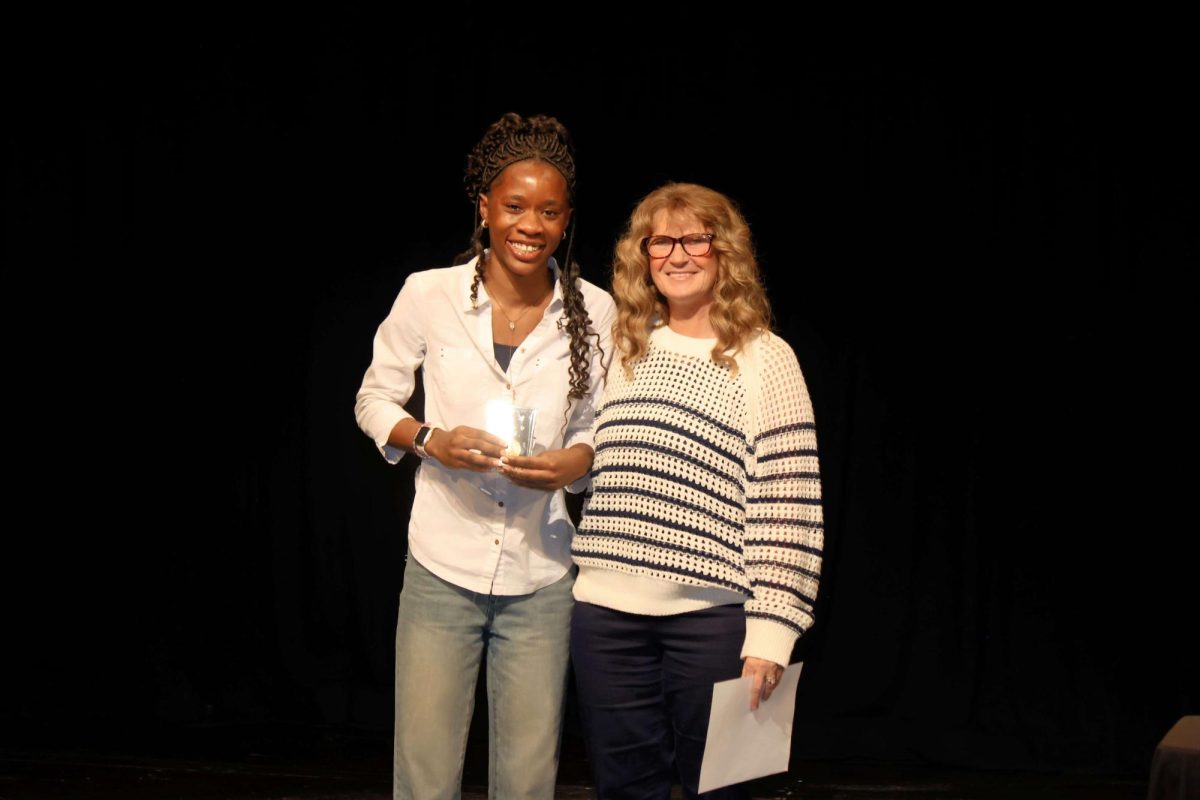
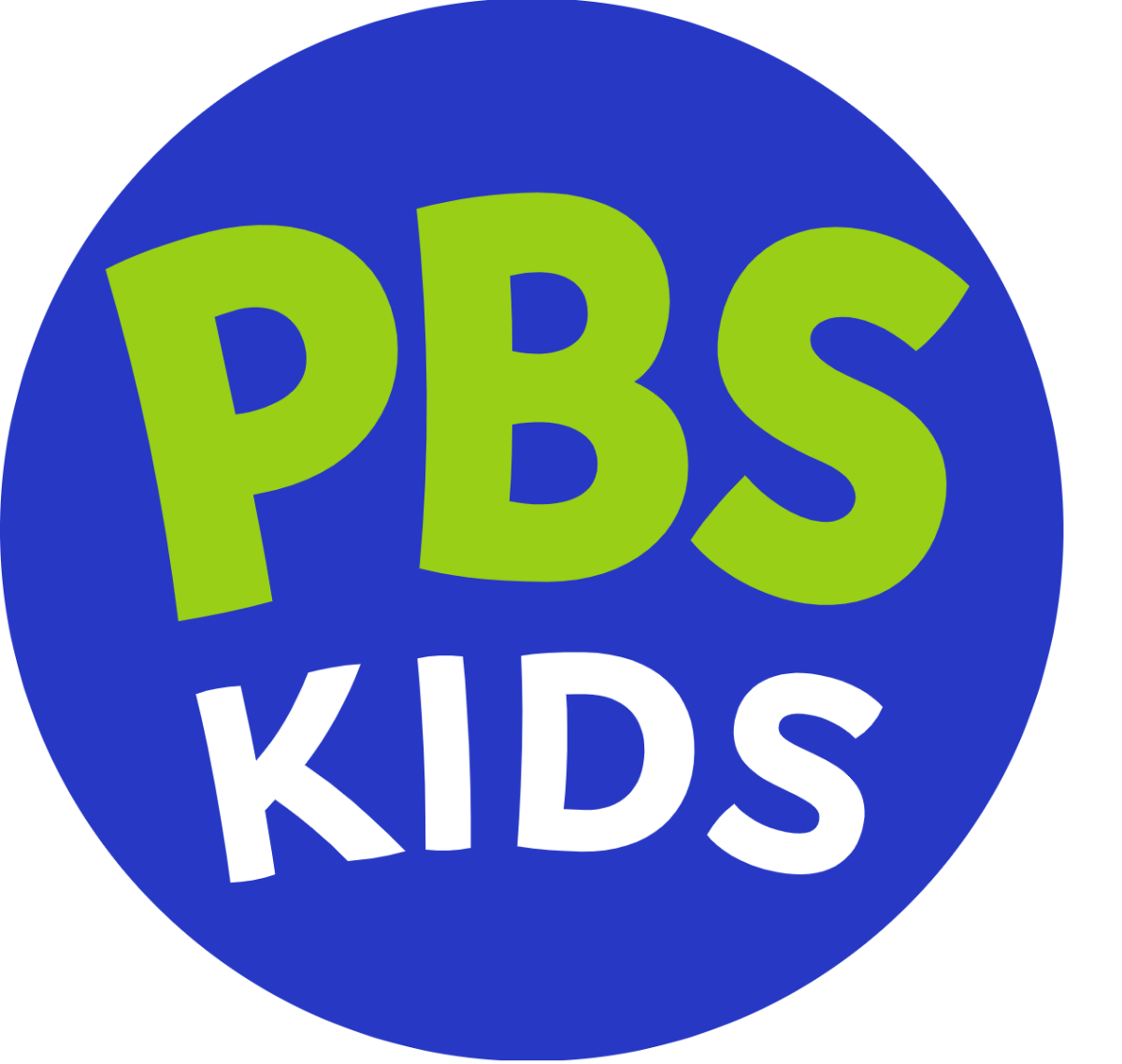
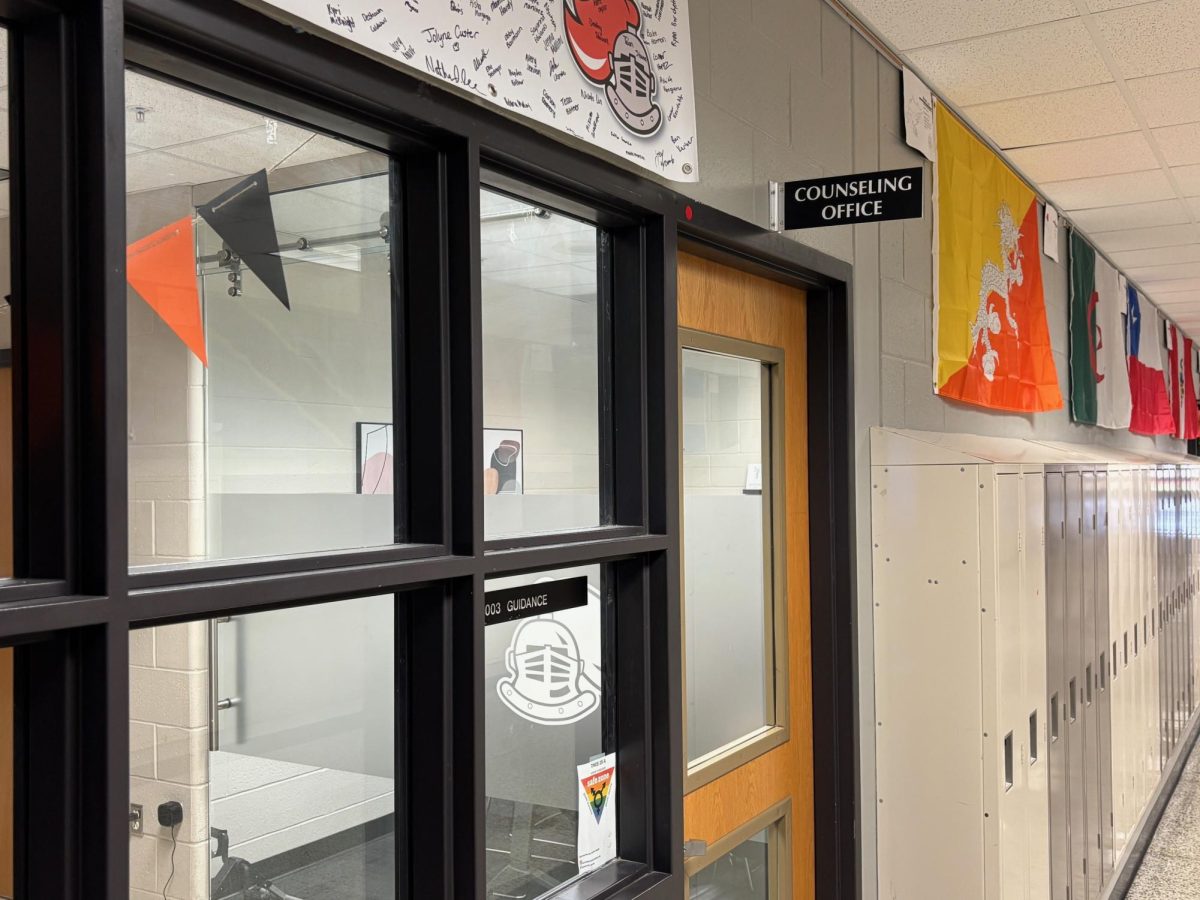
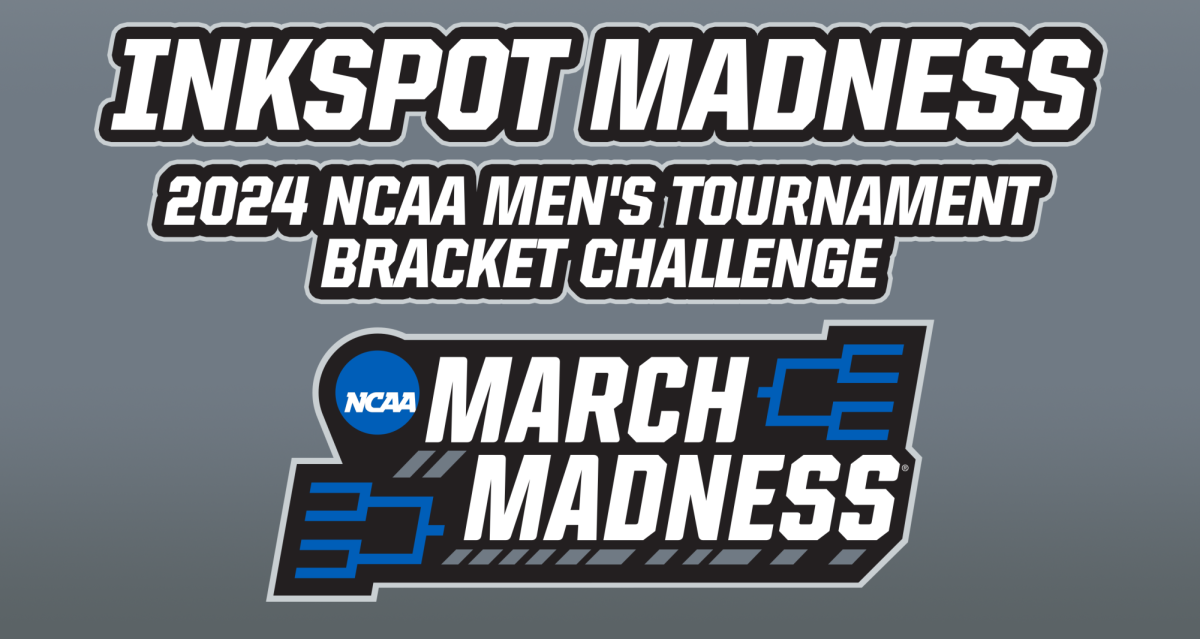
![Halloween candy cross section quiz [quiz]](https://nchsinkspot.com/wp-content/uploads/2022/10/Candy-cover-big-900x675.png)
![Average Jonah? [quiz]](https://nchsinkspot.com/wp-content/uploads/2022/05/average-jonah-900x600.png)


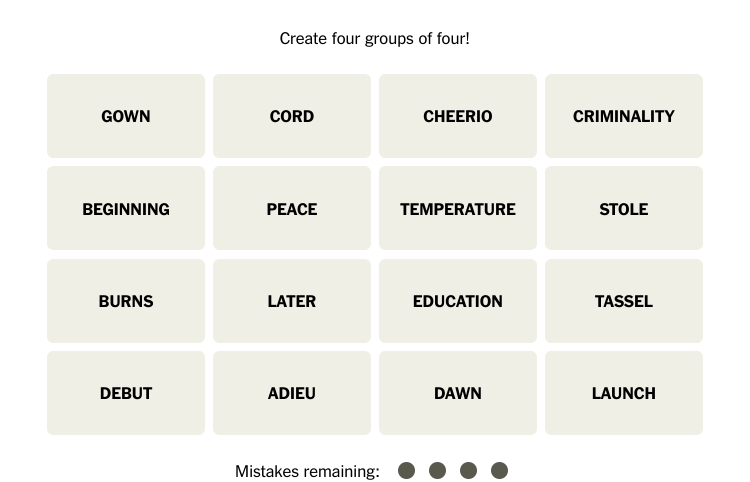
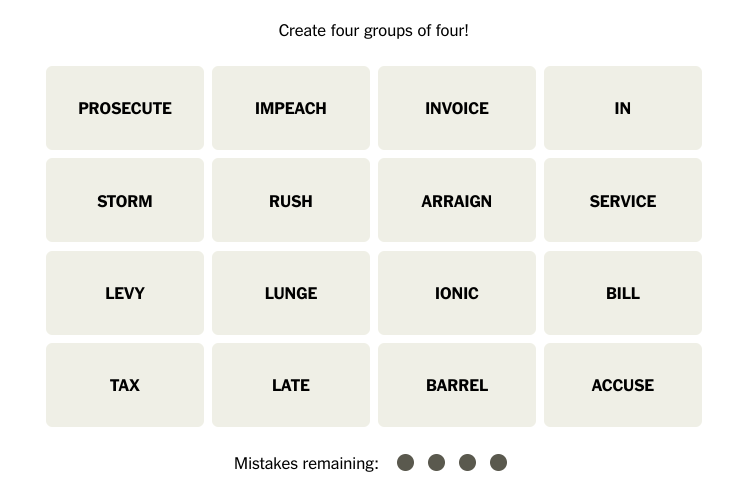
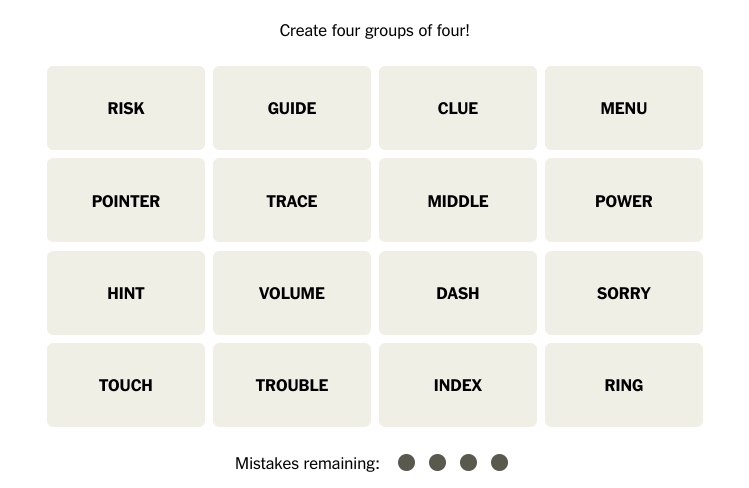
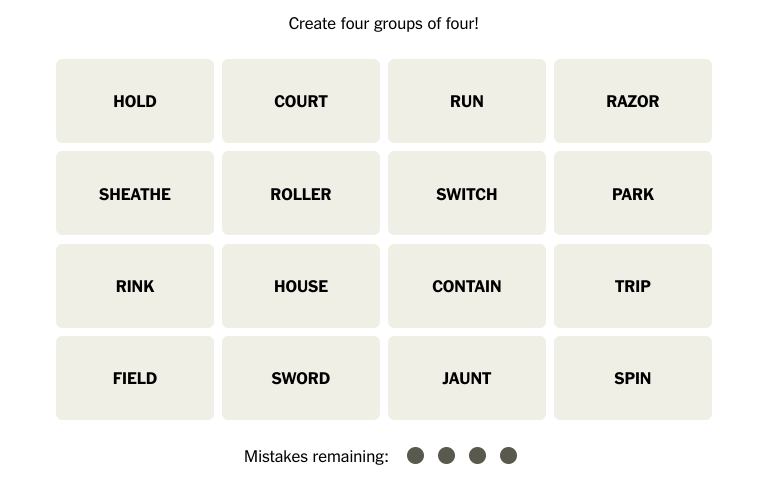

![[Photo Illustration]](https://nchsinkspot.com/wp-content/uploads/2025/09/trigger-words.png)

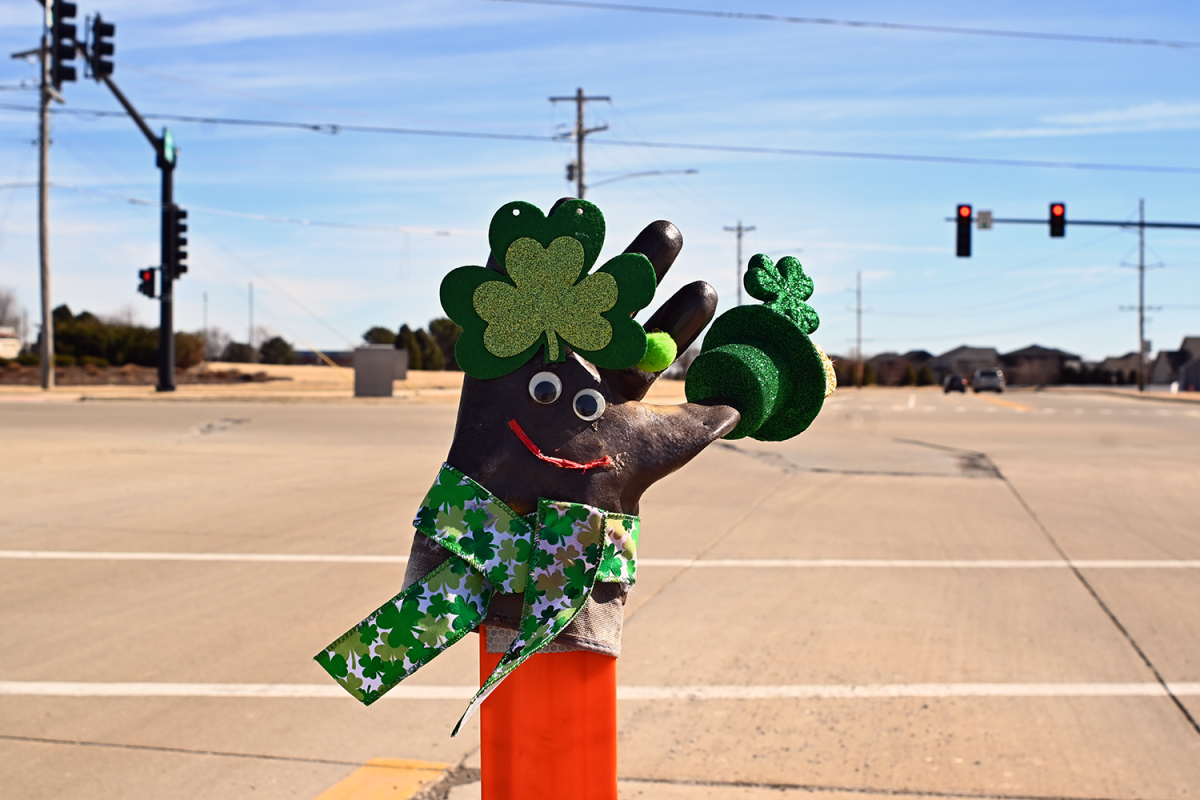



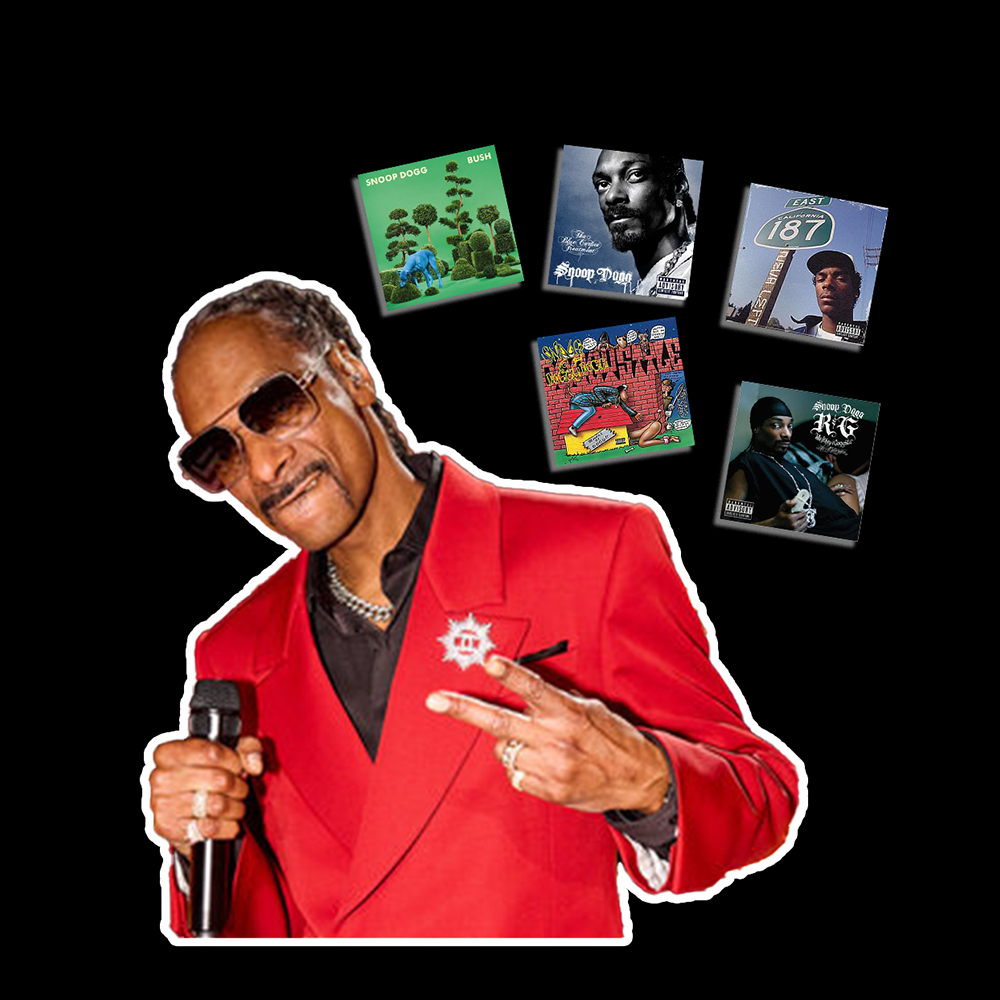




![Week 5: Coach Drengwitz previews the Ironmen’s matchup vs. Peoria Manual, recaps Week 4 [video]](https://nchsinkspot.com/wp-content/uploads/2025/09/Week-5-v-Rams-1200x675.png)



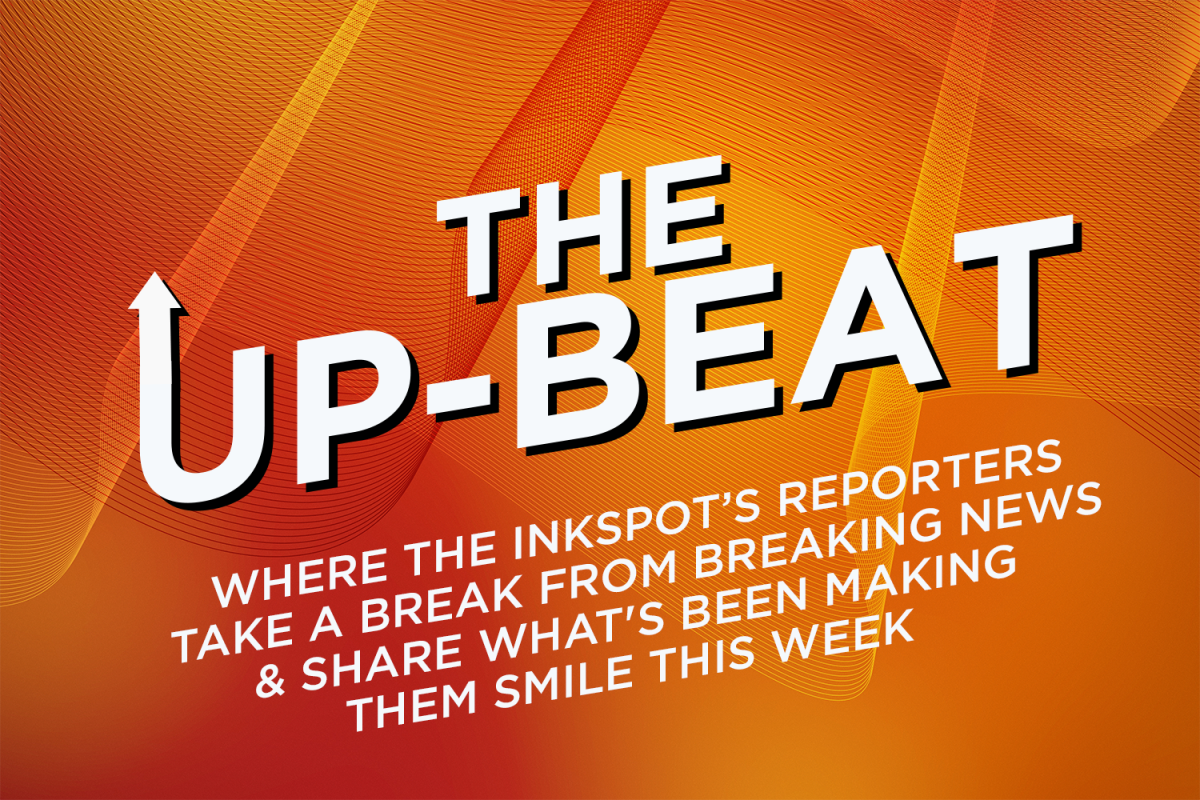
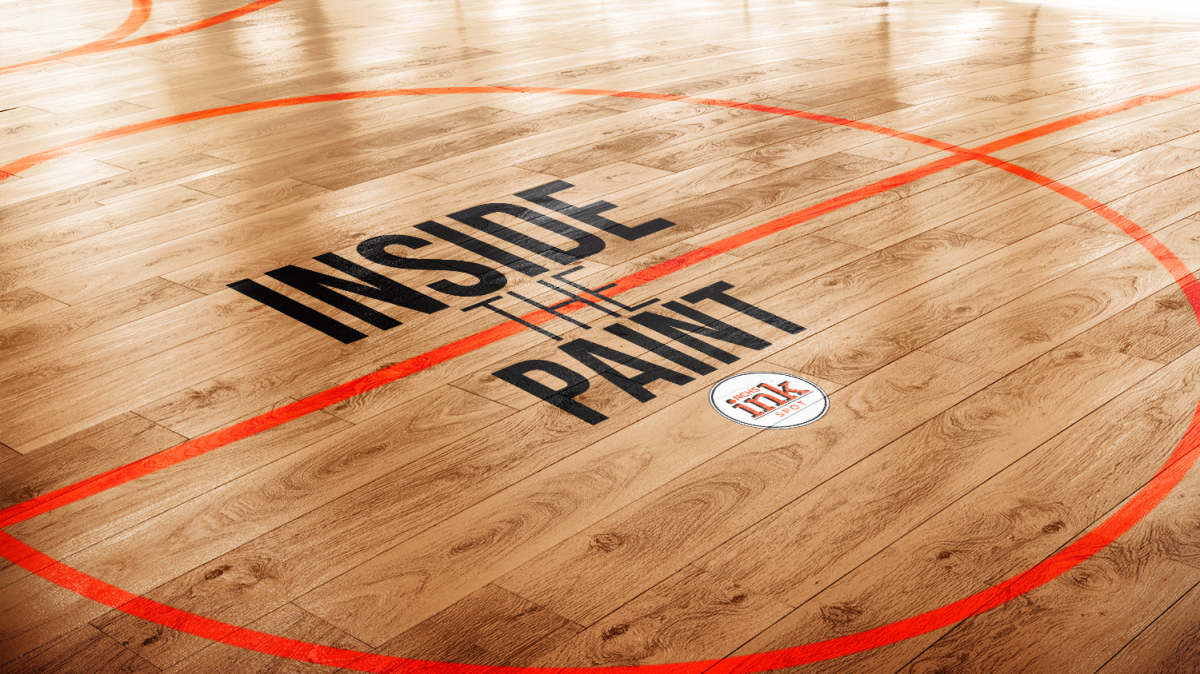
![Postgame reaction: Coach Drengwitz on Community’s 28-17 Loss to Kankakee [video]](https://nchsinkspot.com/wp-content/uploads/2025/09/Week-4-postgame--1200x675.png)
![Week 4: Coach Drengwitz previews the Ironmen’s matchup vs. Kankakee [video]](https://nchsinkspot.com/wp-content/uploads/2025/09/Ironmen-v-Kankakee-video-1200x1200.png)
![On the Spot: This or That – Halloween [video]](https://nchsinkspot.com/wp-content/uploads/2024/10/tot-Halloween-YT-1200x675.png)
![On the Spot: This or That – Fall favorites [video]](https://nchsinkspot.com/wp-content/uploads/2024/10/ots-fall-web-1200x800.png)
![On the Spot – Teachers tested on 2023’s hottest words [video]](https://nchsinkspot.com/wp-content/uploads/2024/01/On-the-Spot-Teachers-tested-1200x675.png)

